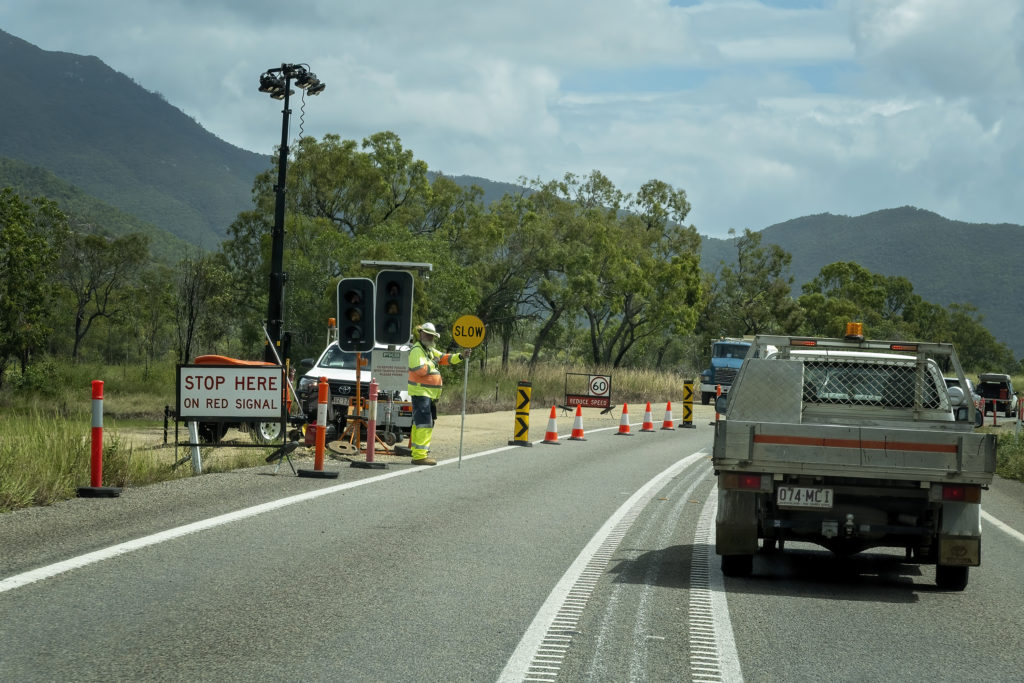FYLD targeting new territories
By Shelley Copsey, CEO at FYLD
When FYLD reviews new markets and territories in which to deploy our platform we consider many factors, which can often be complex. But sometimes, the process can be a simple one. FYLD operates successfully in the UK, North and South America across a range of major utilities, and is making encouraging progress in Canada.
These are forward-thinking and safety-focused places that have embraced the capabilities of industrial digitalisation. When we thought about other countries that matched those criteria, Australia immediately appealed to us.
That’s not to say that Australia doesn’t have its own unique challenges or ways of working. But there are many parallels we can draw between Australia and countries where FYLD is already widely utilised. In the utilities sector – and further afield across all of its industries – there is a high level focus on health and safety, and the number one priority is that everyone goes home safely at the end of each day. It is also a market that expects a high-quality service to be provided to customers.
Australia is a natural fit for FYLD in all of these ways and more.

Real-time visibility
On-site safety levels have plateaued in Australia, as they have done across much of the developed world. But the FYLD platform has shown it can drive safety standards and improve productivity simultaneously.
Central to that is the real-time remote visibility FYLD gives of field force teams on the ground. For too long, the utilities industry has relied on paper, which has countless limitations. FYLD transforms information which was previously often logged after the fact, incomplete or inaccurate, and turns it into real-time intelligence that enables businesses to understand what their people are doing at that moment, sometimes thousands of miles away.
So rather than filling in a paper risk assessment in the van, field workers input their information into the platform while they’re on-site. That real-time data informs us about the environment people are working in, whether it’s safe to carry out work, or if operatives need to down tools entirely. It is a prime example of how technology can enable improved safety standards across vast regions and teams.
FYLD also makes things simpler for the people working in the field. As well as taking away stacks of paper, it amalgamates all of the various tech they might be using – chat, video, calling, timecards – and puts them into one seamless application. It also integrates with CRM and ERP platforms, which is a popular function. As well as being easier to oversee, it brings all the data from those various places together. Data isolated in silos is unlikely to be very useful, but once you get it together in one place, you start building up some hugely valuable business intelligence and data insights.
Having a single view of your field workers in one place can help achieve significant productivity gains. Think about a team spread over multiple sites across a state, and how information from those sites is collected. Everything is reported retrospectively. With FYLD, you build a data-led picture of how long jobs take, common job-blockers, and the optimum number of workers you might need on-site.
Whereas previously, you’d be estimating how many jobs an operative might be able to complete or how many days it takes to get an asset back online, FYLD builds up an accurate long-term picture that can inform your decisions.
Combining macro and macro level information
Real-time visibility and productivity gains in an environment like Australia, where people work in sometimes hazardous or remote locations, have the potential to be enormously valuable. It can also be an unpredictable place to work, with bushfires or flash flooding impacting certain states. Research agencies like CSIRO are already doing great work in this area, using computer models to predict the spread of bushfires, and tech is also being used to track flooding risks.
Another factor to consider is Australia’s positioning as one of the global leaders in the journey to a greener energy mix. A great deal of work on renewable and grid projects will take place over the next decade. These projects will be expensive, with pressure put on developers and suppliers to deliver maximum value for customers, while also achieving high levels of safety. At the same time, much of the country’s infrastructure is approaching 80 years old, and will have to be maintained cost-effectively. Digital tools and tech like AI will be vital in achieving these feats.
Australia has leveraged technology brilliantly on a macro level, and FYLD complements that information by delivering intelligence that enables businesses to make micro-level decisions. It uses data to decide how many people need to be in a challenging environment and AI to predict how long a project will take. That combination of broad and granular level detail hasn’t previously been available, and it will help businesses become safer and more productive.
In summary, Australia is a perfect backdrop for FYLD. It is a market that shares similar safety-first priorities with countries where FYLD is already established, and it is a place where industrial digitalisation and green energy projects will continue to bring value. By complementing macro level information with micro level data, FYLD has the potential to deliver significant productivity gains and improved safety standards to the Australian utility sector.














